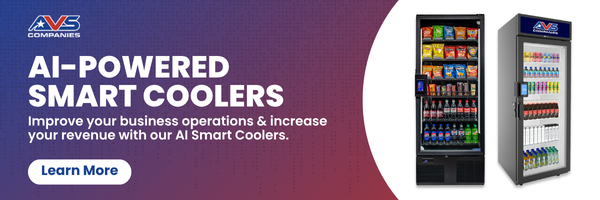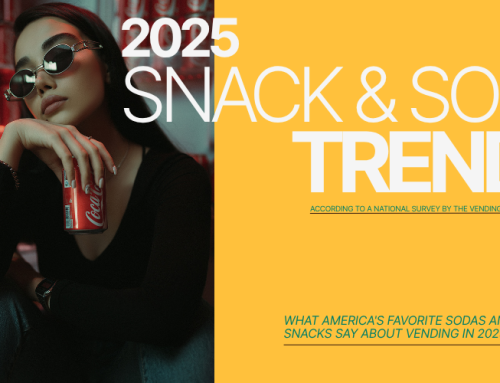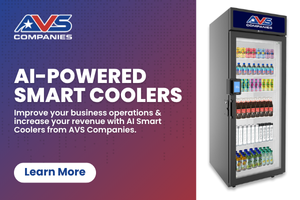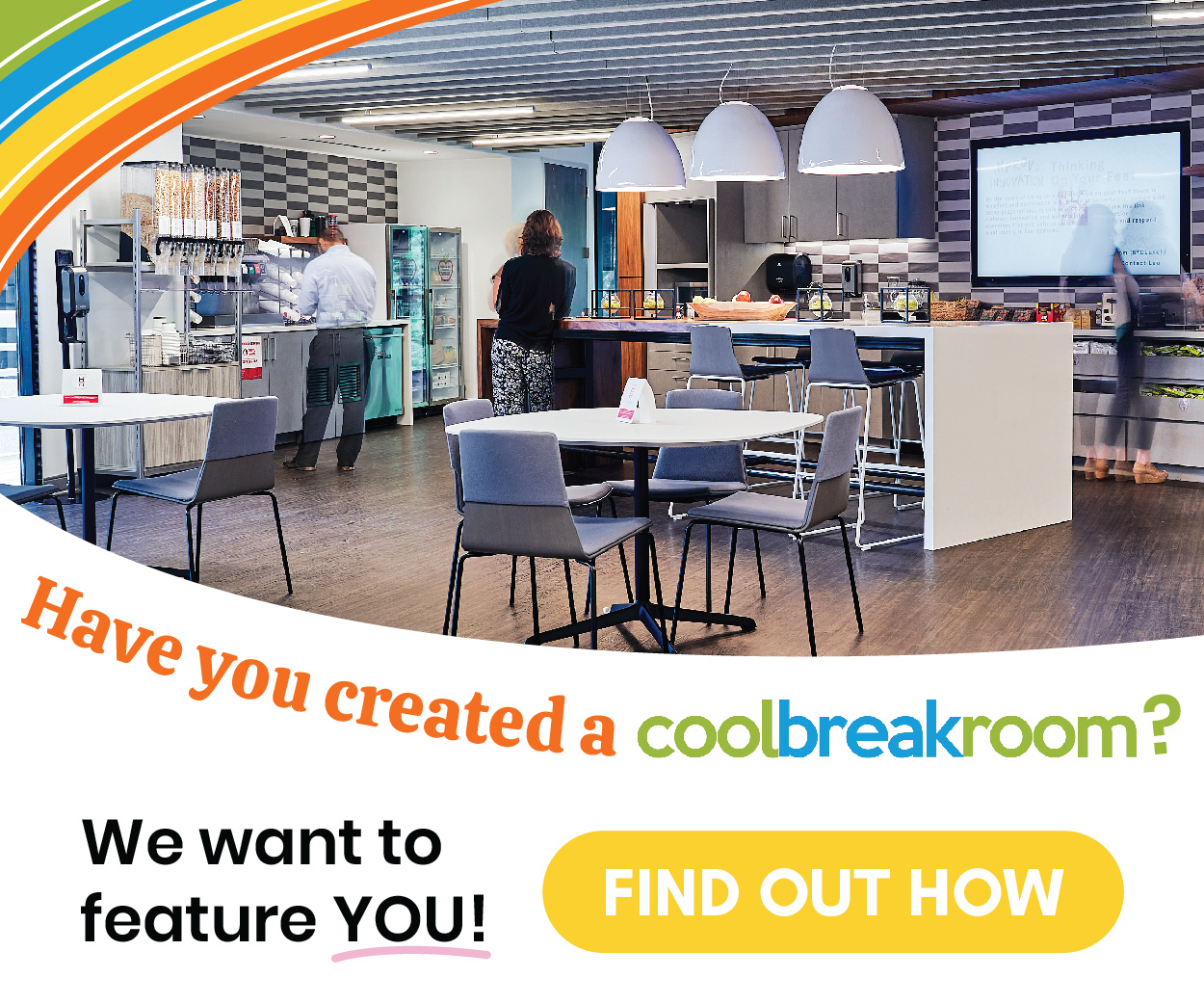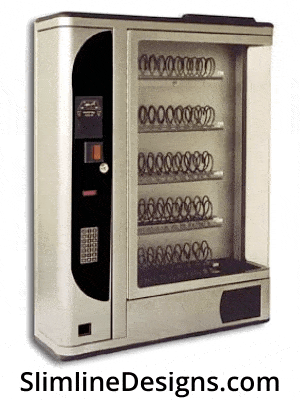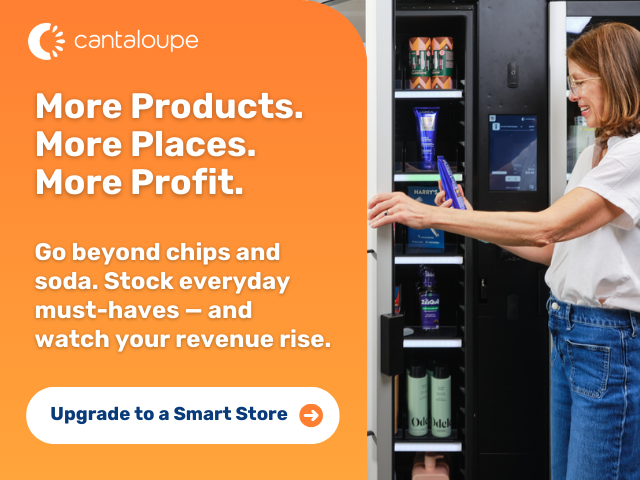AI, Tariffs, and a New Blue-Collar Workforce
The Disappearing Workforce
A new Stanford study warns that entry-level jobs are shrinking rapidly due to AI adoption, with a 13% drop in opportunities for young workers since 2022. Roles in administration, accountancy, and customer service — once the foundation for millions of workers starting careers — are being automated away.
This creates ripple effects beyond the job market itself. If businesses are employing fewer people, the need for everyday workplace amenities like vending machines, micro markets, and stocked breakrooms could decline.
What does this mean for you as an operator?
CEOs See Layoffs as a Selling Point
Not long ago, a CEO announcing mass layoffs would rattle investors. Today, cutting staff in favor of generative AI is celebrated as proof of efficiency. Salesforce CEO Marc Benioff recently talked on The Logan Bartlett Show about eliminating 4,000 customer service jobs, saying AI is now doing 50% of the work at Salesforce.
He isn’t alone. Wells Fargo has trimmed staff for 20 straight quarters, Bank of America has shed 88,000 employees over 15 years, Amazon has signaled AI-driven cuts, and Microsoft has cut 15,000 jobs in just two months. Investors have rewarded them, with stock prices climbing even as headcounts shrink. According to HR Dive, 34% of CEOs plan to enact layoffs in the next year.
For vending operators, the takeaway is clear: as more companies celebrate “leaner” workforces, there will be fewer employees on site to use traditional breakrooms.
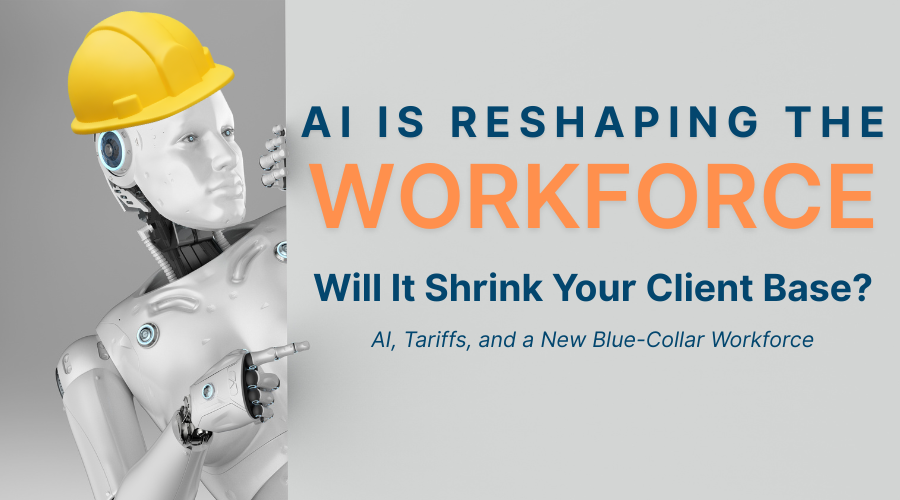
Image Source: Created by Vending Connection
Why You Should Be Paying Attention
1. Smaller Client Workforces = Lower Demand
Breakrooms thrive when workplaces are full of people. If fewer employees are physically present, especially at the entry level where turnover and daily breakroom use are highest, companies may scale back or eliminate vending services.
2. Downsized Breakrooms
Clients may move from full-service micro markets to smaller vending setups — or abandon the idea of investing in employee amenities at all — because fewer staff means less justification for robust breakroom programs.
3. Reduced Client Base
Industries most affected by AI automation, such as administrative services, finance, and customer support, have historically been large clients for vending operators. As these organizations slim down, vending providers risk losing entire contracts, not just scaling them back.
The Domino Effect for Clients
Clients who keep reducing their workforce, however, may also see cultural downsides. Breakrooms are a proven driver of employee morale, retention, and company culture. If AI-driven layoffs or hiring freezes shrink demand for vending services, the remaining workforce could feel the loss of communal spaces, making retention even harder in competitive labor markets.
Is AI and Current Events Developing a New Blue-Collar Workforce?
Another layer to this workforce conversation is the impact of tariffs and reshoring. Recent trade policy is nudging some companies to bring manufacturing back to the U.S. — which, on paper, should create jobs. But the reality is more nuanced.
When U.S. manufacturing moved overseas, factories often employed hundreds or even thousands of manual laborers. Now, as some of that manufacturing returns, facilities are being rebuilt with robotics, AI, and automation. A modern plant might only need 200 technicians instead of 700 assembly-line workers. On the surface, that looks like fewer jobs — but compared to zero jobs when the work was overseas, it’s still a net gain.
The labor market feels confusing: we are gaining some jobs back, but not in the same form. Instead of thousands of low-skill, entry-level roles, the new wave of reshored factories relies on a smaller pool of highly skilled technicians, engineers, and robotics specialists. While this represents progress in terms of wages and advancement, it also means fewer people physically filling workplaces in large numbers.
For vending operators, this matters. Smaller factory teams mean fewer traditional breakroom clients, but it also opens the door to new opportunities. Rather than depending on massive workforces, operators can pivot toward environments where people still gather in significant numbers, such as gyms, residential communities, healthcare facilities, and Smart Stores in high-traffic public areas.
The New Frontiers for Vending & Refreshment Operators
As office-based demand shrinks, operators will need to follow the people. Several environments are likely to become growth areas for vending and Smart Stores:
- Gyms & Fitness Centers: With wellness becoming a cultural priority, these spaces will need healthy snacks, protein drinks, and hydration options.
- Apartment & Condo Buildings: As remote and hybrid work trends keep people closer to home, residential communities represent a growing opportunity for 24/7 access to snacks, drinks, and essentials.
- Retail Outlets with Heavy Traffic: Shopping centers, entertainment venues, and transit hubs offer high foot traffic, making unattended retail a natural fit.
- Healthcare Facilities: Hospitals and clinics operate around the clock and serve both staff and visitors who need convenient food and beverage options.
- Community-Oriented Smart Stores: Unattended micro markets and AI-powered Smart Stores will increasingly pop up in places where people gather outside the traditional office—creating new, flexible revenue streams for operators.
Preparing for the Shift
The vending industry will need to pivot strategically as AI reshapes client needs:
- Targeting resilient sectors: Focus on industries and spaces where large groups of people still gather daily.
- Flexible service models: Offering tiered options (from micro markets to smart fridges and AI-powered Smart Stores) helps operators capture new markets.
- Highlighting value: Positioning vending as both a convenience amenity and a wellness tool beyond the office ensures long-term relevance.
The Bottom Line
AI’s impact on entry-level jobs won’t just change who works — it will change where people spend their time. For vending operators, that means preparing for a future where fewer corporate offices mean fewer breakroom clients — but new opportunities emerge in gyms, housing communities, healthcare facilities, and high-traffic public spaces.
The winners will be those who adapt quickly, blending technology with convenience and meeting people where they are.
What do you think about the latest report on AI taking over jobs? What are your predictions? Share your thoughts and tag Vending Connection on social media.
This article was co-authored by Neil Swindale, Orrin Huebner, and Becca Swindale.

